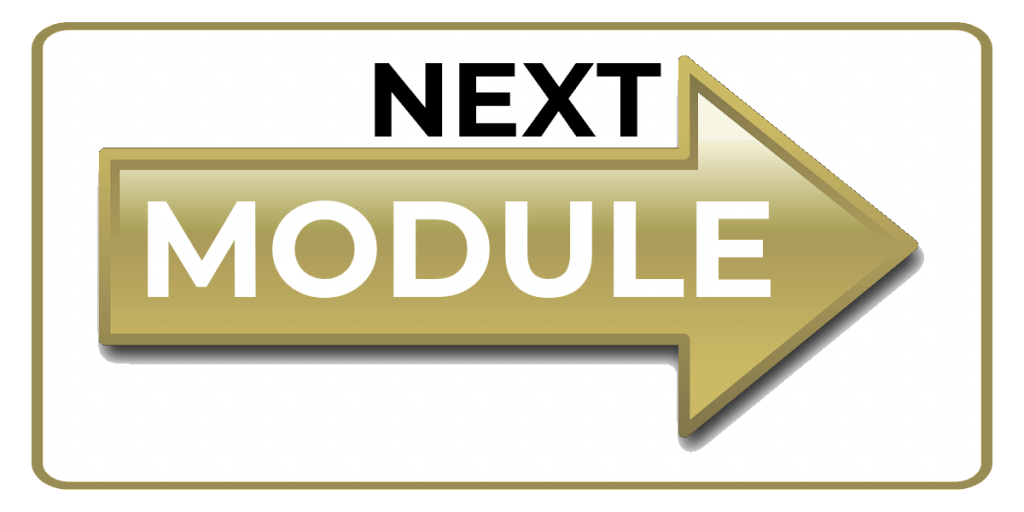
MODULE 5 - USING ELK CALLS
For an elk hunter, it might be hard to agree on what piece of gear is most important. Boots, packs, camouflage, weapon – they are all needed, but one may be relied upon more from one hunter to the next. However, if you are hoping to call in an elk, it would be hard to argue that your elk calls – and especially you’re confidence in your elk calls – shouldn’t be high on the list.
If you visit your local retail store or shop online, it can be easy to get overwhelmed trying to decide which call is the “best”. Sometimes, we end up selecting a call based on the packaging or the color of the diaphragm. Even with research, it’s possible to end up with a call that just doesn’t work for you. That doesn’t mean that the call is a bad call, and it doesn’t mean that you are a bad caller. It simply means that call isn’t working for you – and that’s not uncommon.
In this Module, I’m going to start at the very basics and work through every aspect of using an elk call. Even if you are an experienced elk caller, there may be some things in here that can help you find ways to become even better. I’ll cover the different options for elk calls, as well as the differences in construction – i.e., what makes all the calls different – and how to select the best elk calls for you. Then, I’ll dive in and focus on how you can learn how to be – or learn to become – a better elk caller.
Click ‘Next Chapter’ Below to Continue on to Chapter 1: Selecting the Right Elk Call




